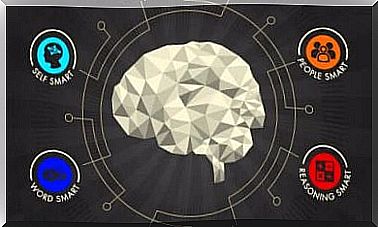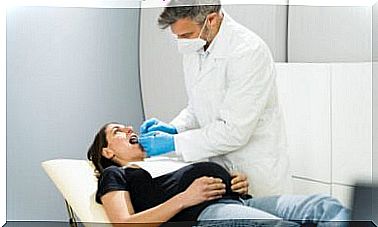What Is Positional Plagiocephaly? – Being Parents
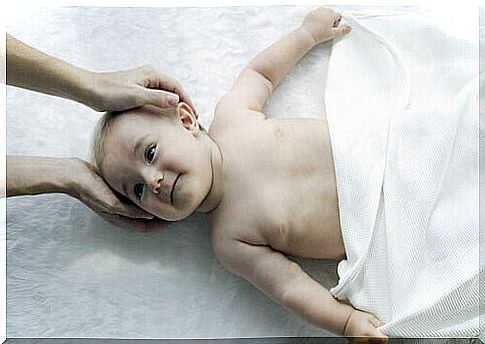
Positional plagiocephaly is a deformation of a baby’s skull that occurs as a result of external pressure. It consists of a slight crushing or denting on the back of the head. It can also occur on the sides or in the parietal region.
This condition is at the origin of the recommendation of pediatricians on the position of the baby when sleeping. Traditionally, we were advised to put the baby on his stomach. But this position began to be associated with some cases of sudden death. Therefore, specialists began to recommend that newborns sleep on their backs.
Certainly, some attribute bad developmental consequences to plagiocephaly. However, there really is no such thing as excessive risk. A clear and timely diagnosis can reverse the effects of plagiocephaly. In addition, its treatment is not invasive or bothersome for children.
How does positional plagiocephaly occur?
There are three common causes associated with positional or postural plagiocephaly. They are all linked to external conditions. It is therefore for this reason that it is not considered to be a congenital disease.
-
A static position
In the first months of life, the baby’s mobility is limited. This causes children to spend a lot of time in the same position, unless one intervenes.
Leaving the baby in the same position in his crib for a long time can cause positional plagiocephaly. The same thing happens in his reclining chair. This is because the base surface exerts pressure on the child’s head.
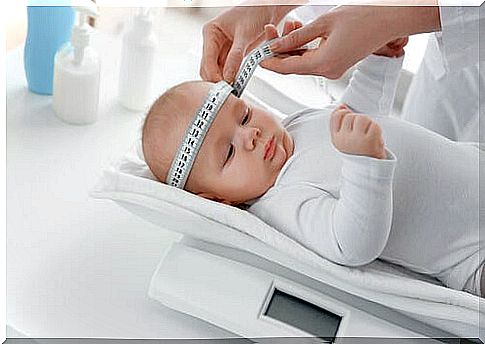
-
Uterine pressure
There have been cases of plagiocephaly in babies who have had gestations in small wombs. Also, in babies who have been part of a multiple pregnancy. Likewise, it has occurred in babies with muscle stiff necks due to lack of space.
The causes of this pathology can have their origin in a deformation of the uterus or problems with the amniotic fluid. The fetus may also have grown too large for the space it had. So this causes flattening.
-
An instrumented delivery
Some babies have had plagiocephaly from the forceps or suction cups used during labor. In some cases, these instruments can cause deformities.
The other causes associated with positional plagiocephaly are premature births. One possible explanation would be that the baby does not yet have a fully developed head. On the other hand, it can also be due to the time that has to pass in the same position, in observation until recovery.
What to do when faced with the suspicion of positional plagiocephaly?
About 10% of newborns suffer from positional plagiocephaly. The immediate consequences of this condition are mainly cosmetic. But most specialists insist on ruling out the neurological problems associated with this deformity.
The main way to diagnose positional plagiocephaly is through observation. During your periodic visit, the pediatrician should measure and observe the baby’s head from above. A little one who has plagiocephaly will have an obvious lump on the back or side of their head.
Another way to confirm the lack of roundness of the skull is by touching it. So you can do it using the “finger, hand, thumb” measurement. Very carefully, place the adult’s little fingers behind each baby’s ear. We then rest the palm on the side and we join the thumbs on the head to form a perfect semi-circle.
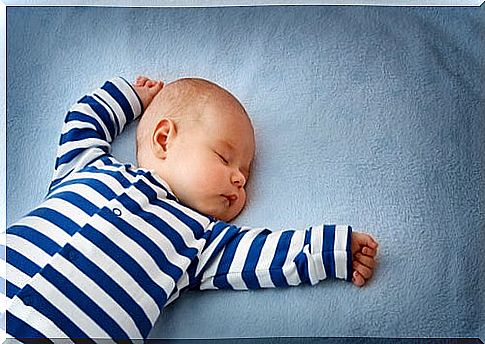
How can we prevent positional plagiocephaly?
There are some healthy habits that parents can have in caring for the baby. These will help prevent these subsequent discomforts in children:
- The constant change of position. You can rotate the baby from side to side while sleeping to avoid the same position.
- Place the baby on his stomach only when awake. This position is recommended after three months or when they start to hold their head.
- Use special pillows. Special pillows have a slit or cavity where the baby supports his head.
- Hold the baby in your arms. The most effective way is to keep the baby for a good part of the day. For this you can use kangaroos or chargers.
To treat plagiocephaly, doctors recommend certain physical therapy exercises that improve the condition. Naturally , it will be the parents who will help the baby, after the diagnosis and medical indications.
In cases where there is a greater pronunciation of the signals, it is advisable to use a special headset for plagiocephaly. This device has an opening where the flattening occurs. The baby should wear this helmet 24 hours a day, for about 4 months.



